Your cart is currently empty!
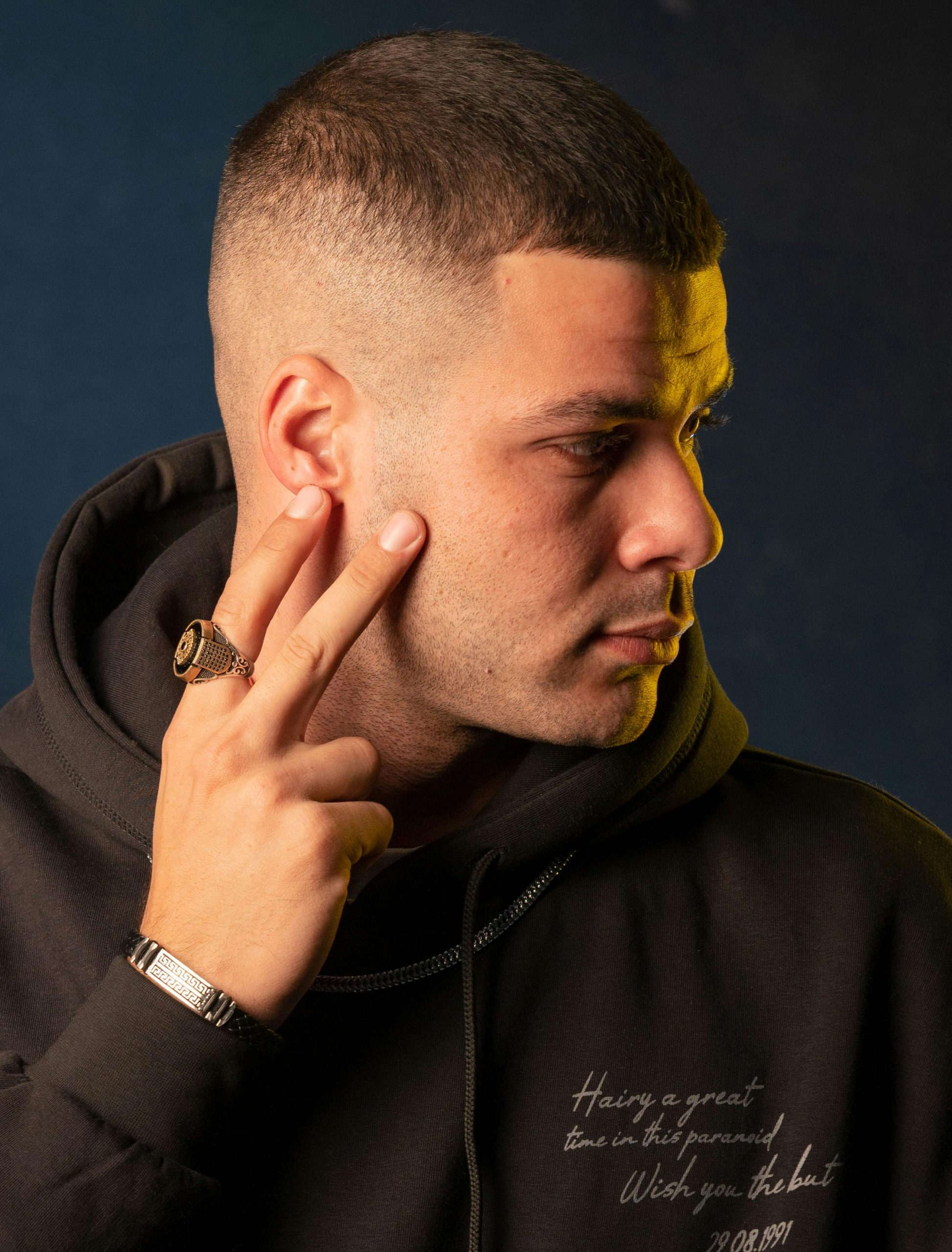
Men’s fashion was a unique blend of retro influences and modern trends that set the stage for a bold and diverse decade. During this time, fashion reflected the broader cultural landscape, including the rise of hip-hop, the dominance of MTV, and the mainstreaming of sportswear. From oversized jackets to bold prints, fashion was experimental yet distinctive. This period laid the groundwork for the continued evolution of men’s fashion, with its influence still felt today. In this article, we’ll take a deep dive into what men wore in 1989, breaking down the styles by category and impact.
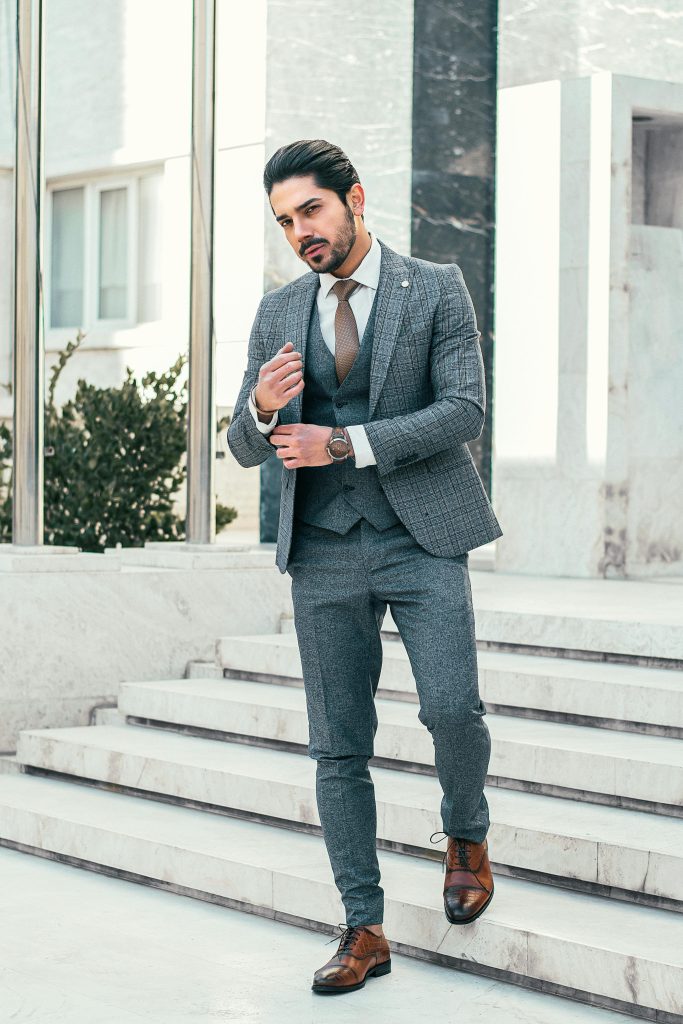
The 1989 Men’s Fashion Landscape
In 1989, men’s fashion was a melting pot of various influences from previous decades and contemporary trends. The power suits of the 1980s were still going strong, but younger, more casual trends were reshaping them. Sportswear became an important part of everyday fashion, while designer labels became prominent among young professionals and style-conscious men.
Fashion magazines like GQ and Esquire were influential in promoting high-end designer menswear, while TV shows, music videos, and movies often set the stage for iconic styles.
Power Suits and Corporate Wear
The Rise of the Power Suit
One of the defining elements of men’s fashion in 1989 was the power suit. Men in corporate settings gravitated towards tailored, structured suits with broad shoulders and double-breasted designs. The power suit symbolized success, ambition, and professionalism.
Key features
- Wide shoulders and boxy silhouettes
- Bold pinstripes and solid navy or charcoal gray colors
- Peak lapels and double-breasted jackets
- Brightly colored or patterned ties for contrast
The power suit wasn’t limited to the corporate world; it also became a status symbol for men who wanted to make a fashion statement in their personal lives. This suit represented a strong, almost imposing presence aligned with the era’s focus on assertiveness and dominance.
Accessories for the Power Suit
In 1989, accessories were just as important as the suit itself. Bold, geometric patterns in ties, gold watches, and wingtip shoes were popular additions to the classic suit. Many men also sported pocket squares, which added a touch of luxury and elegance.
Streetwear and Casual Fashion
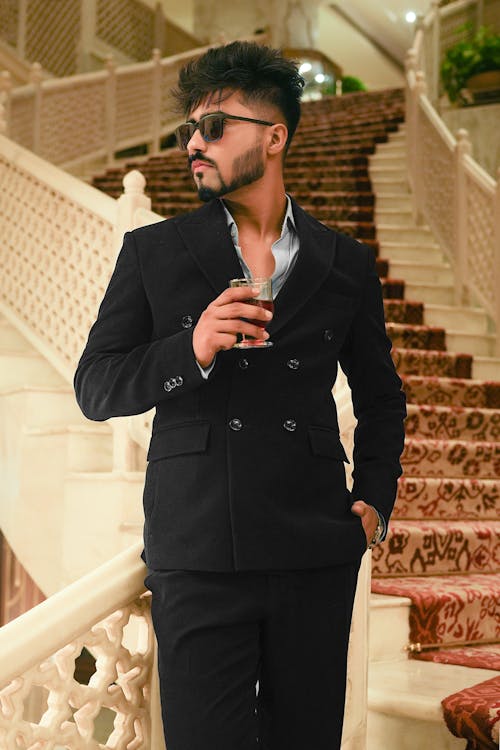
Hip-Hop Influence on Streetwear
The late ’80s marked the expansion of hip-hop fashion, which had a huge influence on streetwear trends. By 1989, baggy clothing, tracksuits, and branded sneakers had become wardrobe staples for many young men, particularly those aligned with the urban music scene. Tracksuits from brands like Adidas and Fila were often paired with bucket hats and chunky gold chains, emphasizing a look of comfort, swagger, and attitude.
Key elements
- Baggy jeans and oversized T-shirts
- Sneakers from brands like Nike (particularly the Air Jordan), Reebok, and Converse
- Baseball caps are worn backward
- Denim jackets and leather bombers
Hip-hop culture had a way of blending functionality with statement pieces, allowing men to express their individuality while staying true to the vibe of their community.
Surf and Skater Culture
In addition to hip-hop’s influence, surf and skater culture also shaped casual fashion in 1989. Bright neon colors, baggy shorts, and graphic tees with quirky prints dominated this scene. Brands like Stussy, Vans, and Vision Street Wear were staples in every skater’s wardrobe.
Sportswear as Everyday Wear
The Shift Toward Athleisure
In 1989, the line between activewear and everyday fashion became increasingly blurred. Athleisure, as it’s now known, began its rise during this time. Sports brands like Nike, Reebok, and Adidas made an impact far beyond the gym, with many men choosing to wear their athletic wear in social settings.
Men began pairing sweatpants and hoodies with everyday pieces like leather jackets and denim. The casual, laid-back style was a sharp contrast to the rigid, formal look of the power suit, offering men more freedom and comfort in their fashion choices.
Men’s Hairstyles
Big Hair and Mullets
Much like women’s fashion, men’s hairstyles in 1989 were all about volume. Big hair, often styled with mousse or gel, was a common sight. The mullet became one of the most iconic looks of the decade. With short hair on the top and sides but long hair in the back, this hairstyle symbolized the rebellious spirit of the time.
Other popular hairstyles in 1989:
- Flat tops for African-American men, which were often exaggerated in height
- Shaggy, layered haircuts for a more casual, laid-back look
- Spiky hair for punk-inspired fashion
Footwear Trends in 1989
Men’s footwear in 1989 reflected the era’s broader mix of formal and casual styles. High-top sneakers were particularly popular, both for sports and casual wear. Reebok Pumps and Air Jordans were sought-after shoes for any man looking to make a fashion statement.
Loafers and Boots
In more formal settings, loafers and Chelsea boots were common choices. Men who worked in corporate environments preferred sleek, leather shoes with minimal detailing, while loafers were a versatile option for those who wanted to move effortlessly between work and social settings.
The Impact of Designer Labels
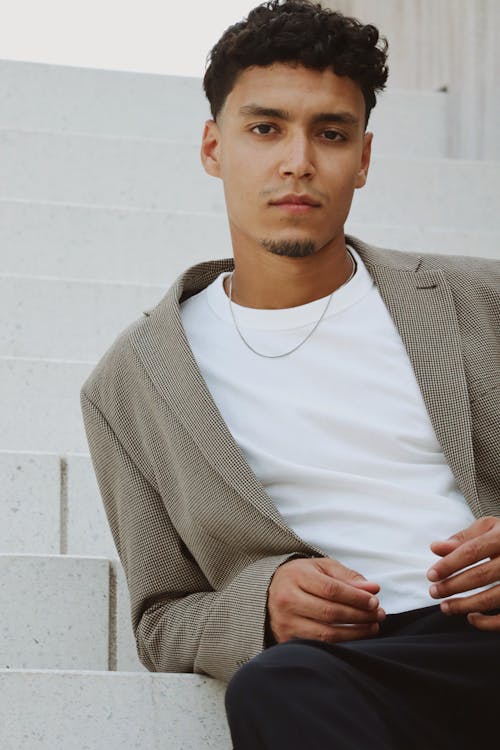
High-End Fashion Goes Mainstream
By the end of the 1980s, designer brands had solidified their place in mainstream men’s fashion. Armani, Calvin Klein, and Versace were some of the most influential names during this period. Men sought out these brands for their luxurious fabrics, bold designs, and high price tags, which became symbols of status and success.
Designer logos were often prominently displayed, from t-shirts to jackets, making it clear that a man’s wardrobe was not just about style, but about the prestige that came with it.
Conclusion
Men’s fashion in 1989 was a reflection of the time—bold, diverse, and often statement-driven. From the power suit to streetwear, the trends of the era gave men more options than ever before. Many of these styles, particularly the influence of sportswear and designer labels, laid the foundation for future fashion trends that continued into the 1990s and beyond. Men’s fashion today still carries echoes of the experimental and innovative spirit that defined 1989.
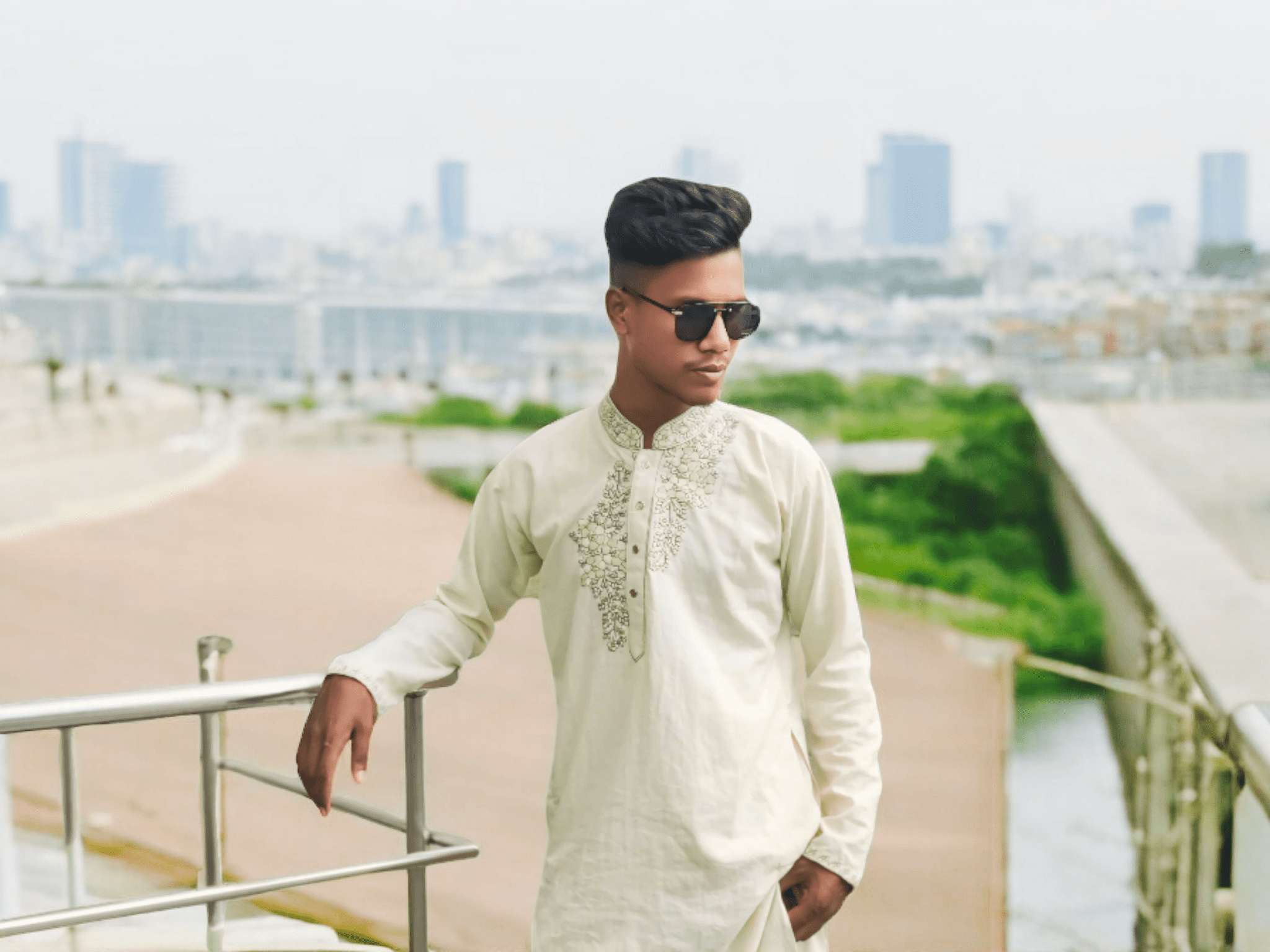
Assalamu Alaikum.. I am Mohammad Sojib I have been working in fashion for a long time I am in US and UK and I write about this topic in many places. I have been working and working on this topic for a long time
And I am a blogger I have been blogging about fashion for a long time in different places.
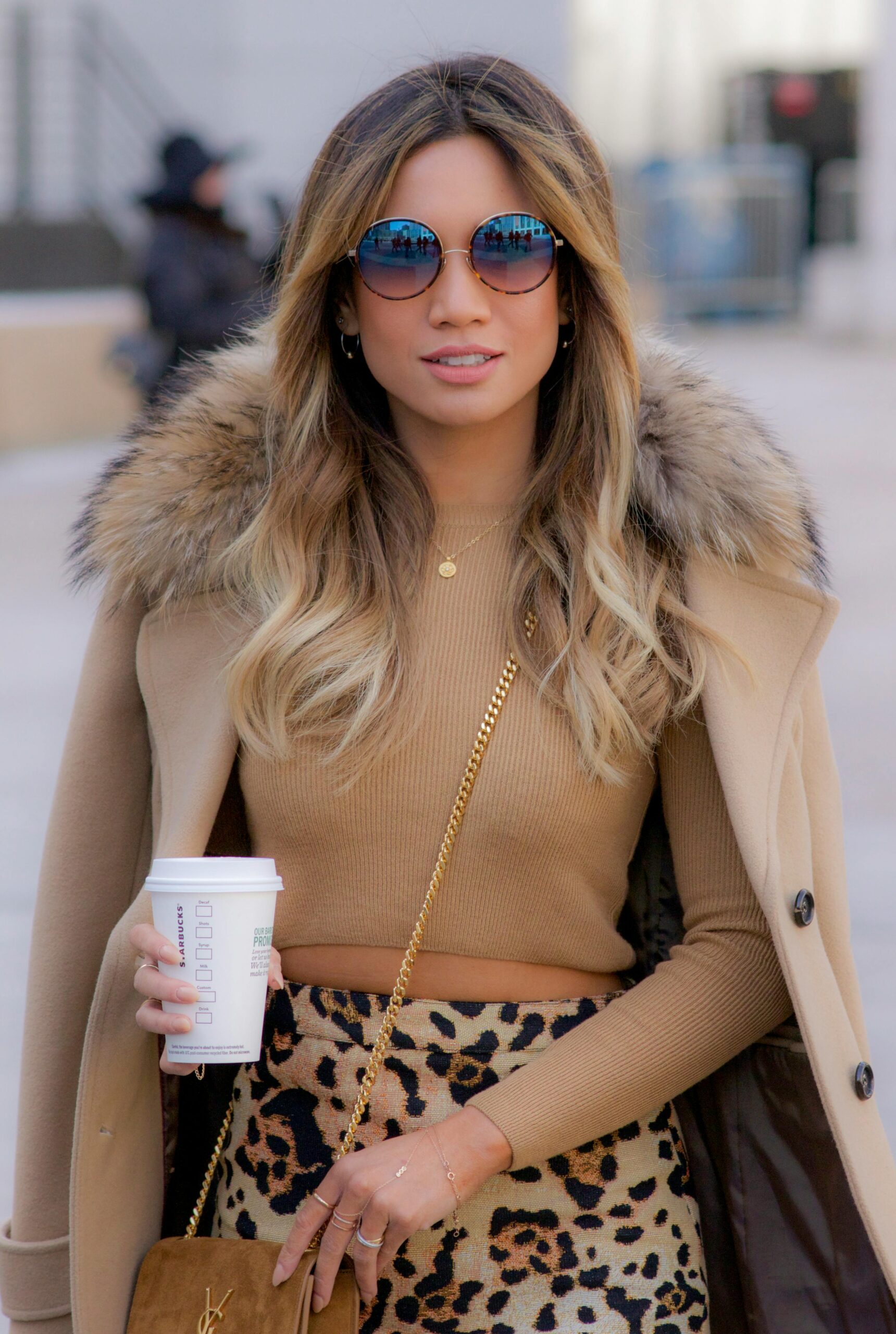
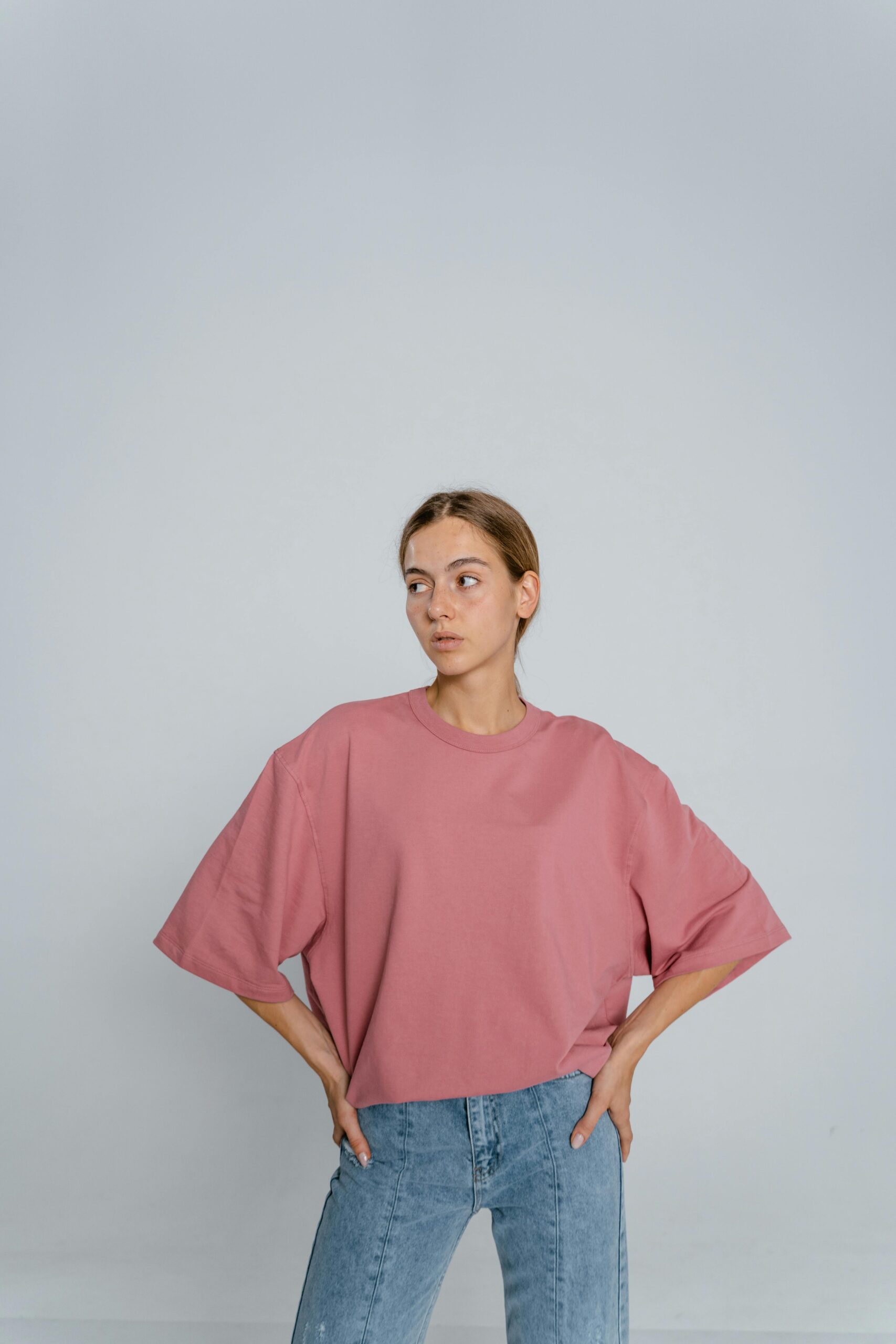
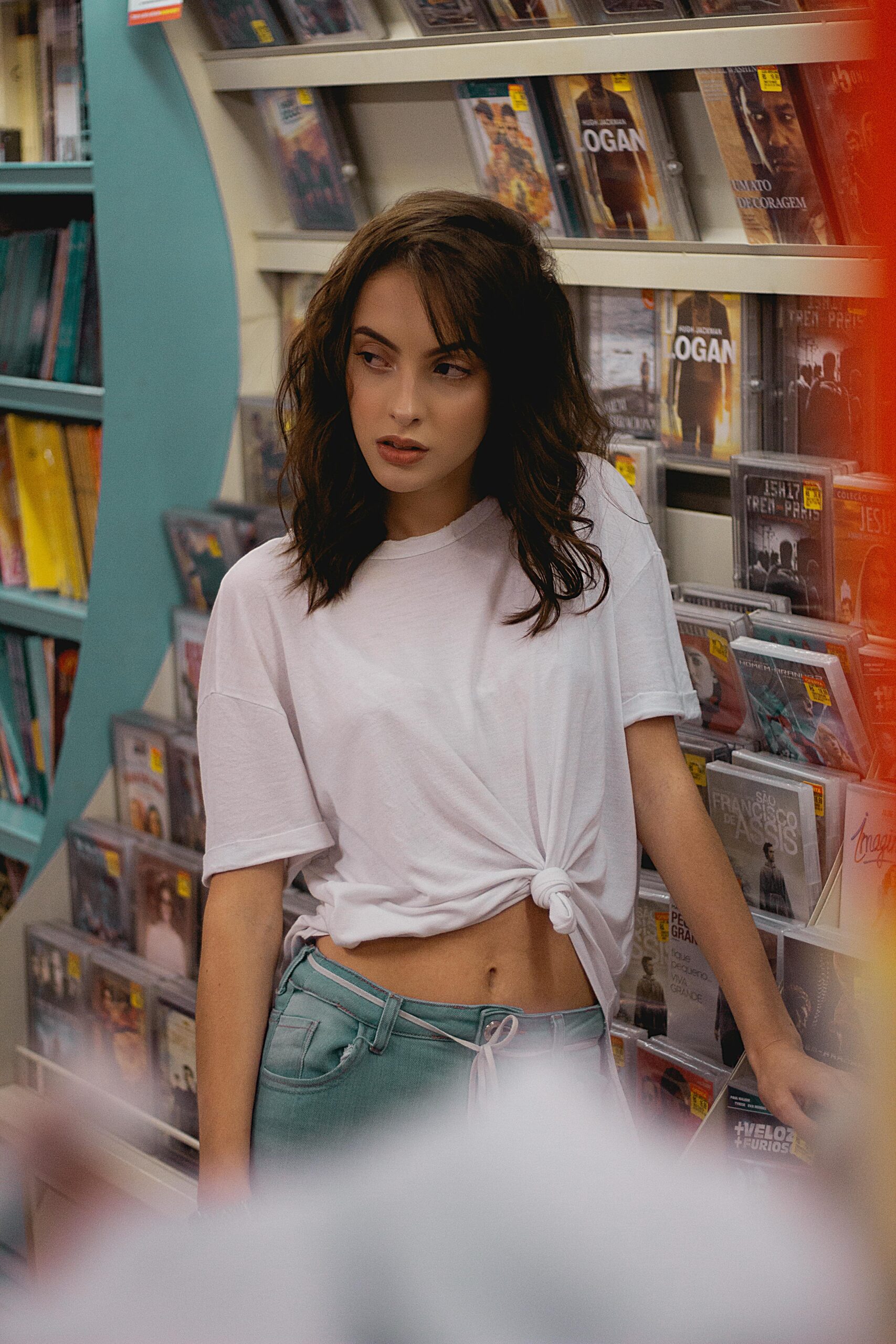





Leave a Reply